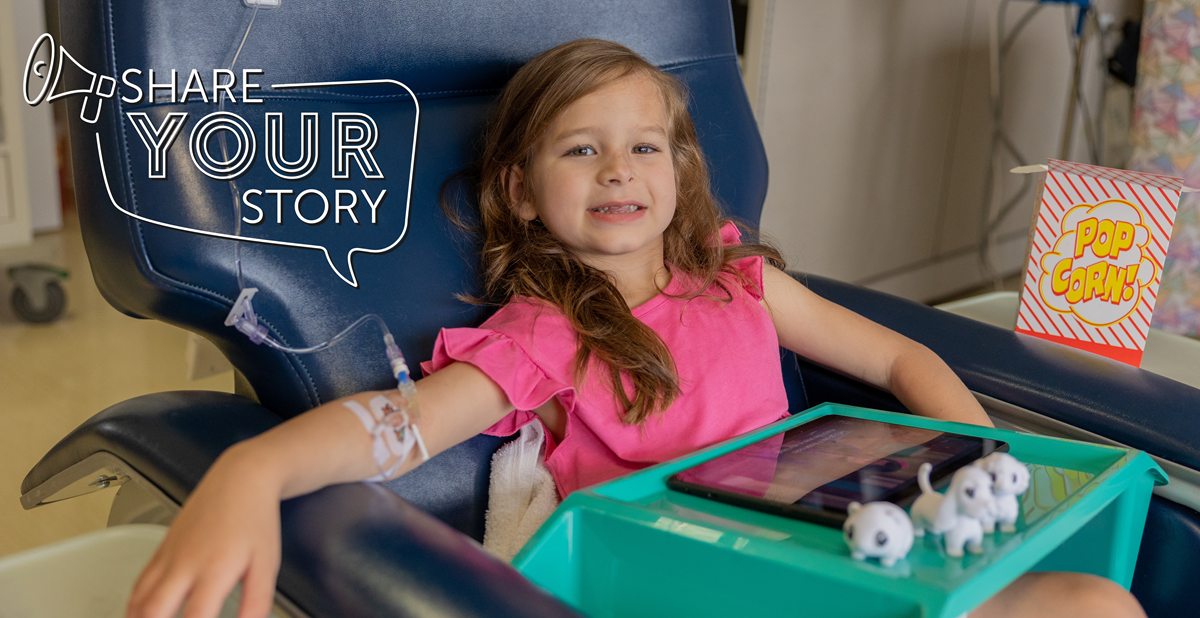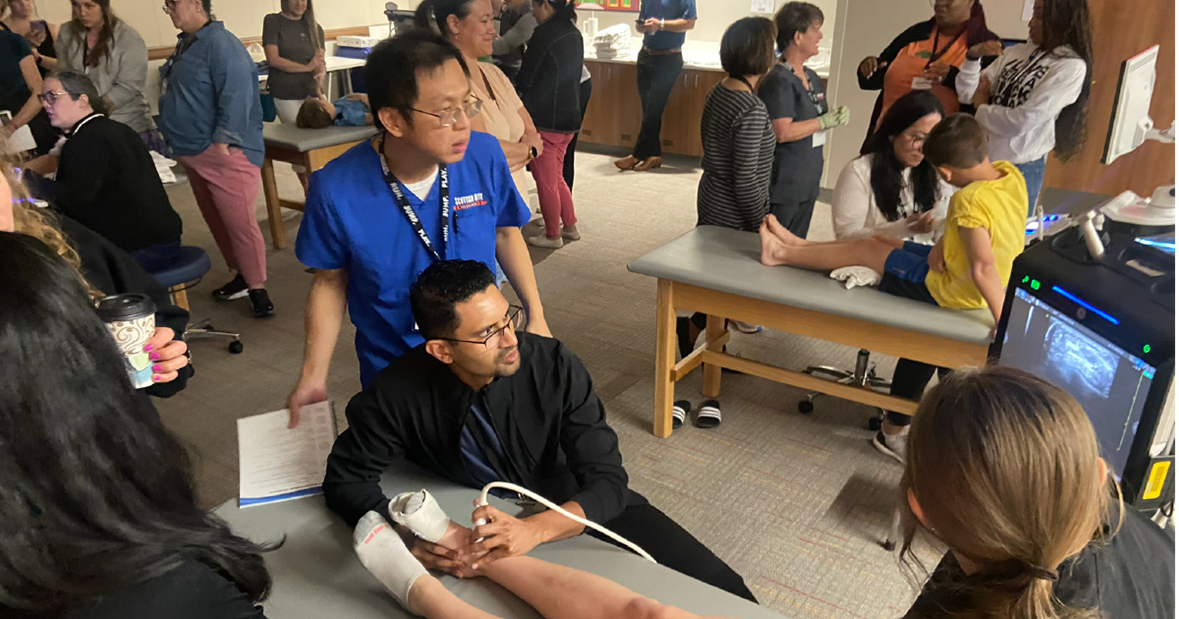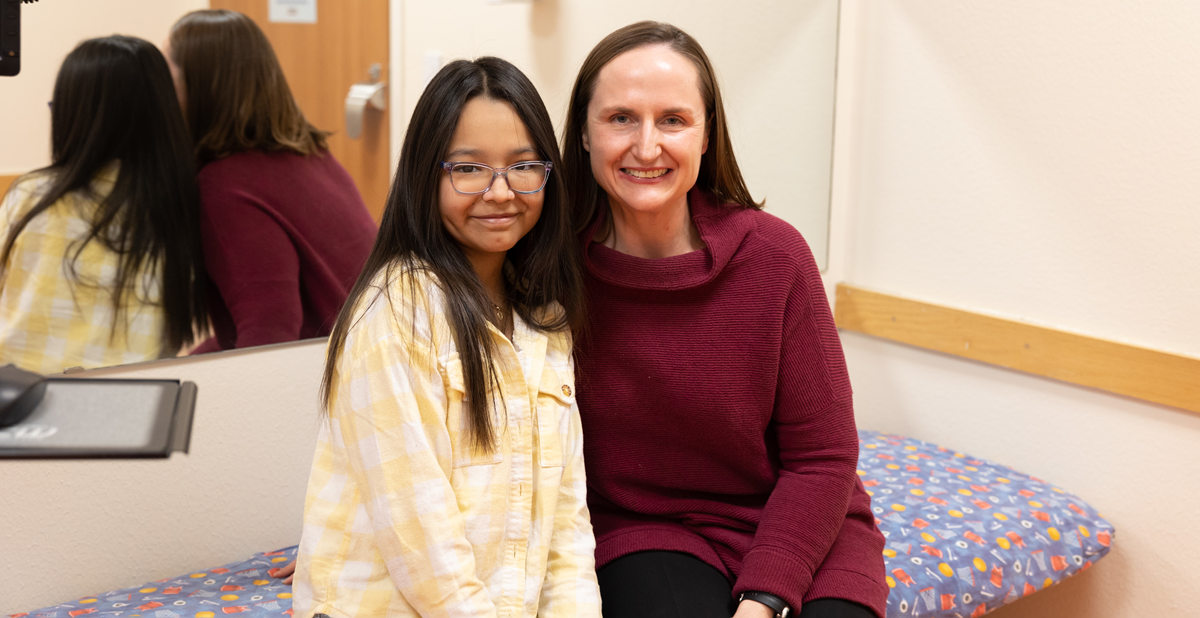.jpg?width=1200&height=612&ext=.jpg)
Sep 13, 2021 / Rheumatology
How Do I Know If My Patient Has Arthritis or a Related Condition?
Key messages from a presentation by Lorien Nassi, M.D., at Coffee, Kids and Sports Medicine.
Watch the lecture
Print the PDF
Juvenile arthritis is frequently referred to as juvenile idiopathic arthritis (JIA). Once other causes of arthritis have been excluded, this condition may be diagnosed in individuals less than 16 years of age with a six-week history of arthritis in any one joint.
Key messages when considering JIA in a pediatric assessment:
- If pain is the chief complaint or redness is present, it is less likely that JIA is the diagnosis.
- Signs of systemic inflammation (e.g. fevers, weight loss) should be promptly evaluated to rule out other serious illness.
- Imaging is frequently more accurate and may be more cost effective than lab work.
- Several labs have false negatives and false positives.
- Labs will need to be redrawn at the time of treatment.
- Ultrasound vs MRI is preferred and is ideally read by a pediatric radiologist with musculoskeletal expertise.
- Uveitis may by asymptomatic, but is an important finding that should be treated in order to avoid permanent vision loss.
Here were some questions Dr. Nassi addressed during the discussion:
What are activity limitations for children with JIA?
- Children taking Coumadin or those with c-spine involvement, should not play contact sports.
- For others, if the activity doesn’t cause pain, no limitations are necessary.
Is there a role for physical therapy or occupational therapy in patients with arthritis?
- For conditions such as scleroderma, reducing the risk of contractures may require focused treatment.
- For most conditions, provided that targeted treatment is successful, there should be less of a need for therapy to maintain mobility.
When prescribing NSAIDS, do you prefer ibuprofen or Naproxen?
-
Naproxen is more convenient for families to provide twice daily and therefore may be more likely to be a successful treatment. Otherwise, there is no preference.
How do I know if a joint is actively inflamed and I need to refer?
-
Ultrasound, when evaluated by an experienced pediatric musculoskeletal radiologist, can frequently distinguish active inflammation from chronic synovial changes.
What are DMARDS?
-
Disease modifying antirheumatic drugs (e.g. methotrexate, sulfasalazine).
Is there a hereditary component to arthritis?
-
Though there are some markers showing associations, we have not identified any causes. Clearly, genetics are involved, but it’s just part of the story.
What is enthesitis-related arthritis?
-
Enthesitis is inflammation at the tendon or ligament insertion in a bone. Enthesitis-related arthritis is a condition that can present as a single joint complaint that may be initially diagnosed as an apophysitis (e.g. Sever’s disease, Osgood Schlatter’s). Though it is rare, the progression of this condition without proper treatment can result in permanent damage.
Pediatric rheumatology is a very unique and rare subspecialty, and we are pleased to have five of them on our staff at Scottish Rite for Children. This team sees patients at our locations in Dallas and Frisco.



